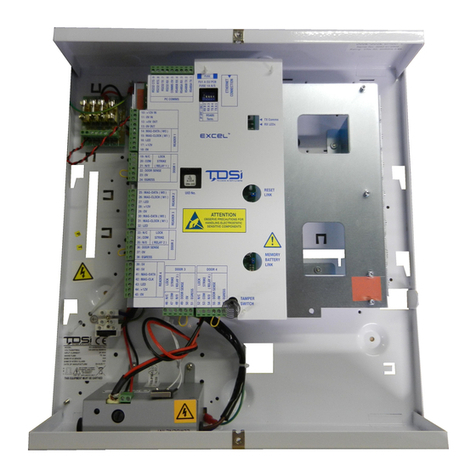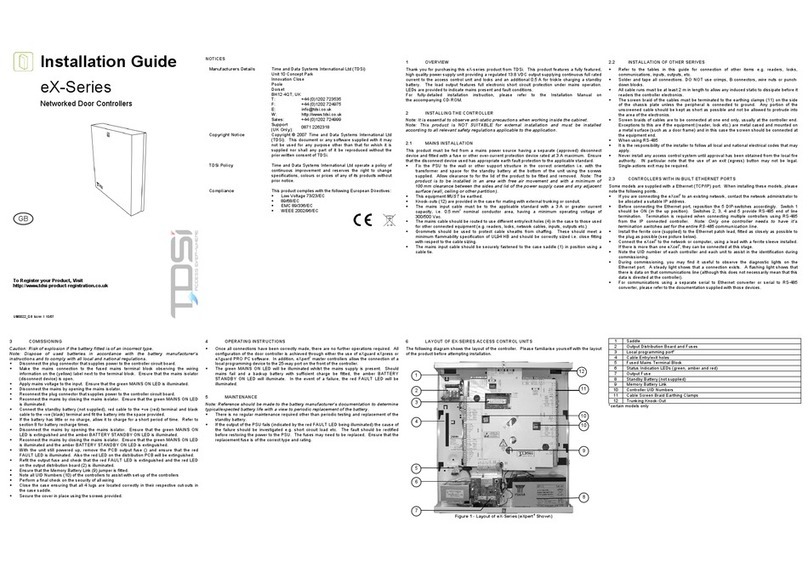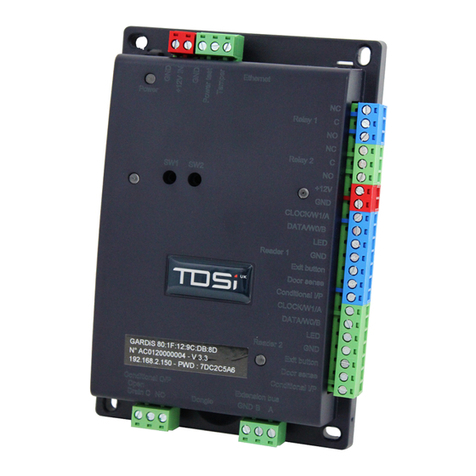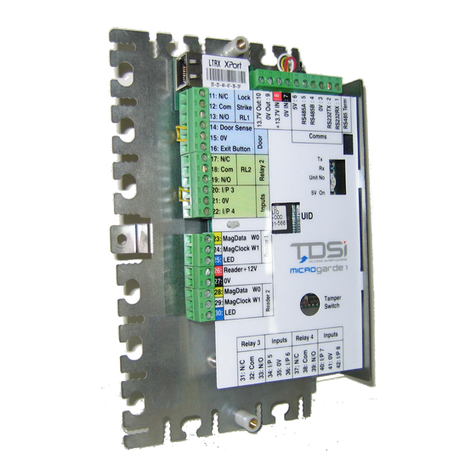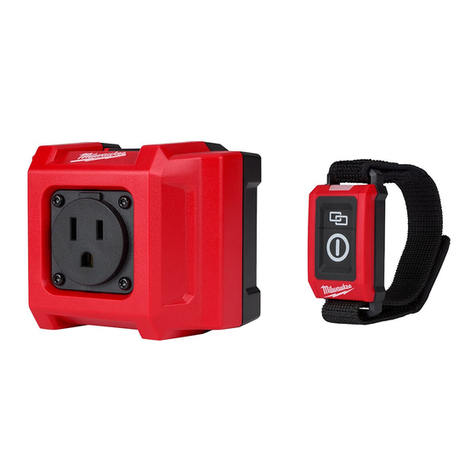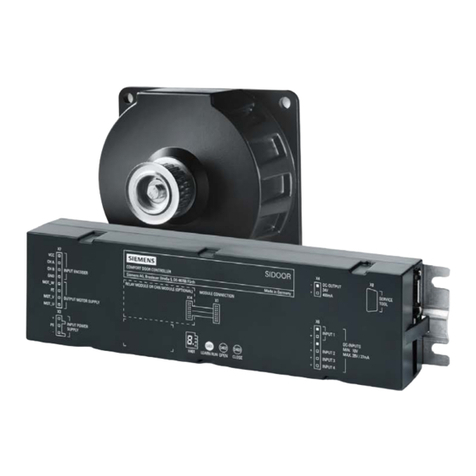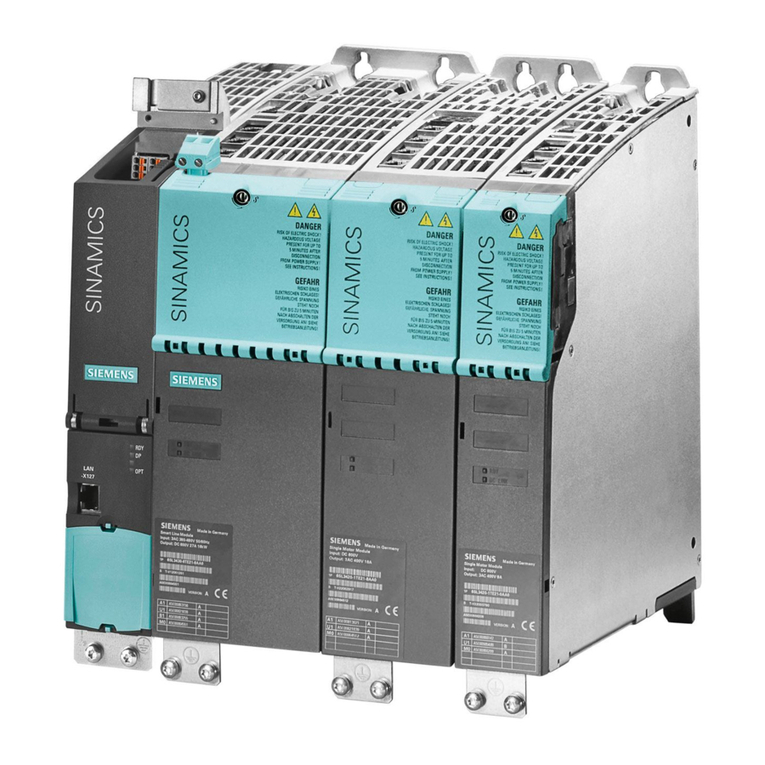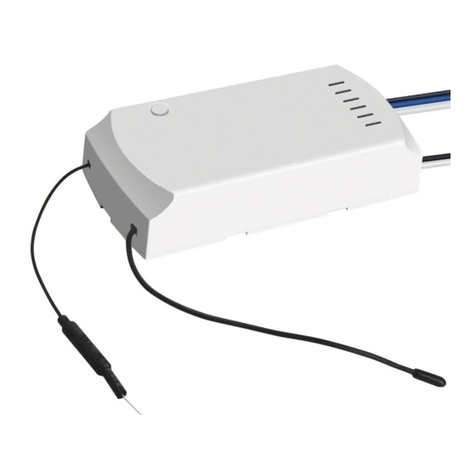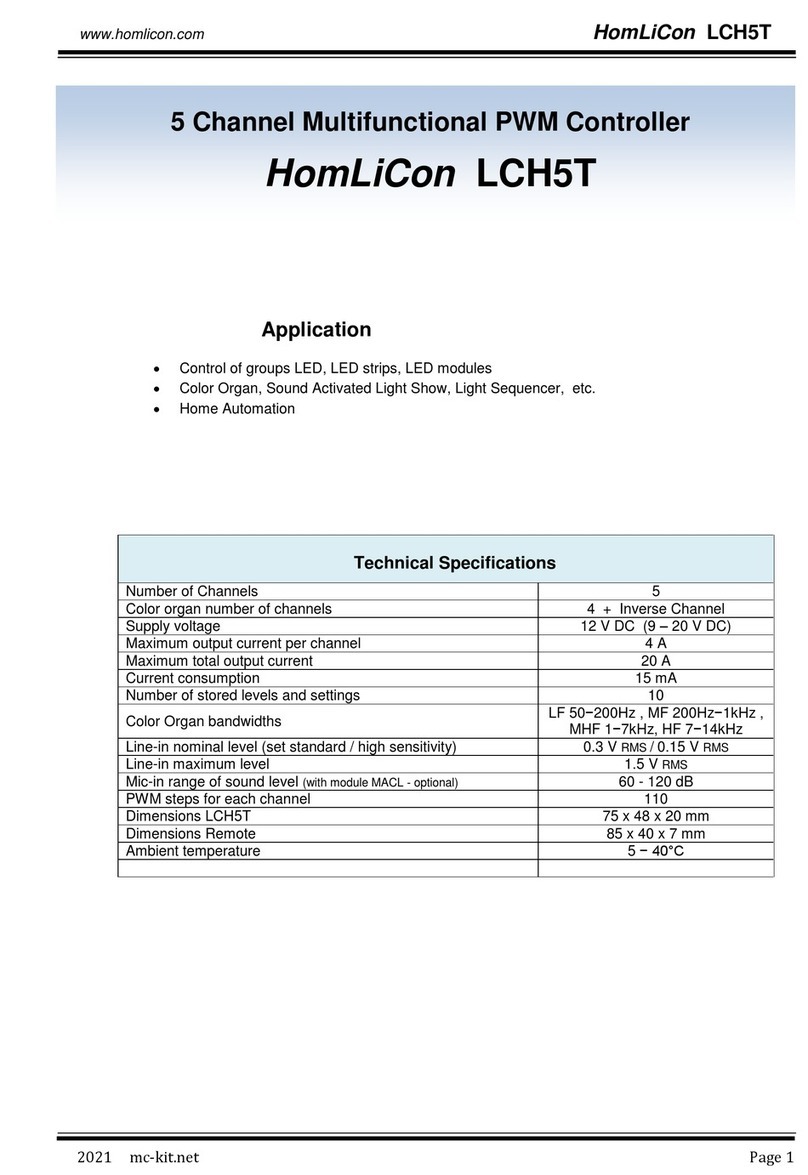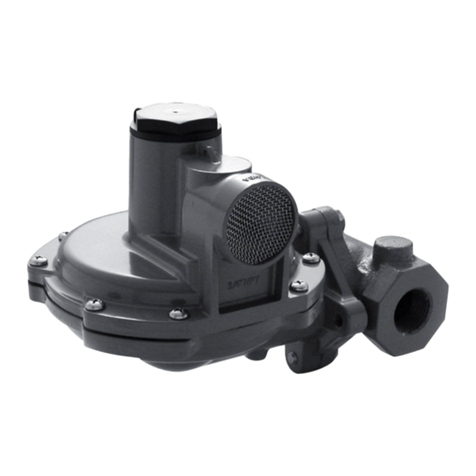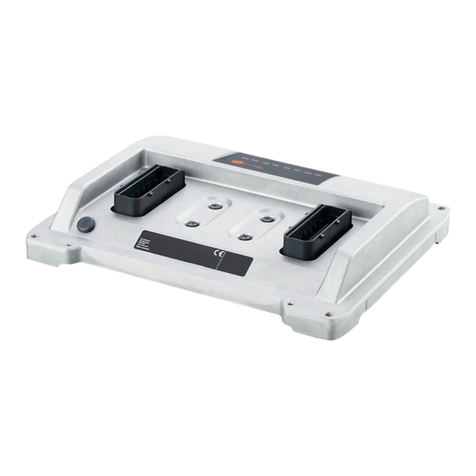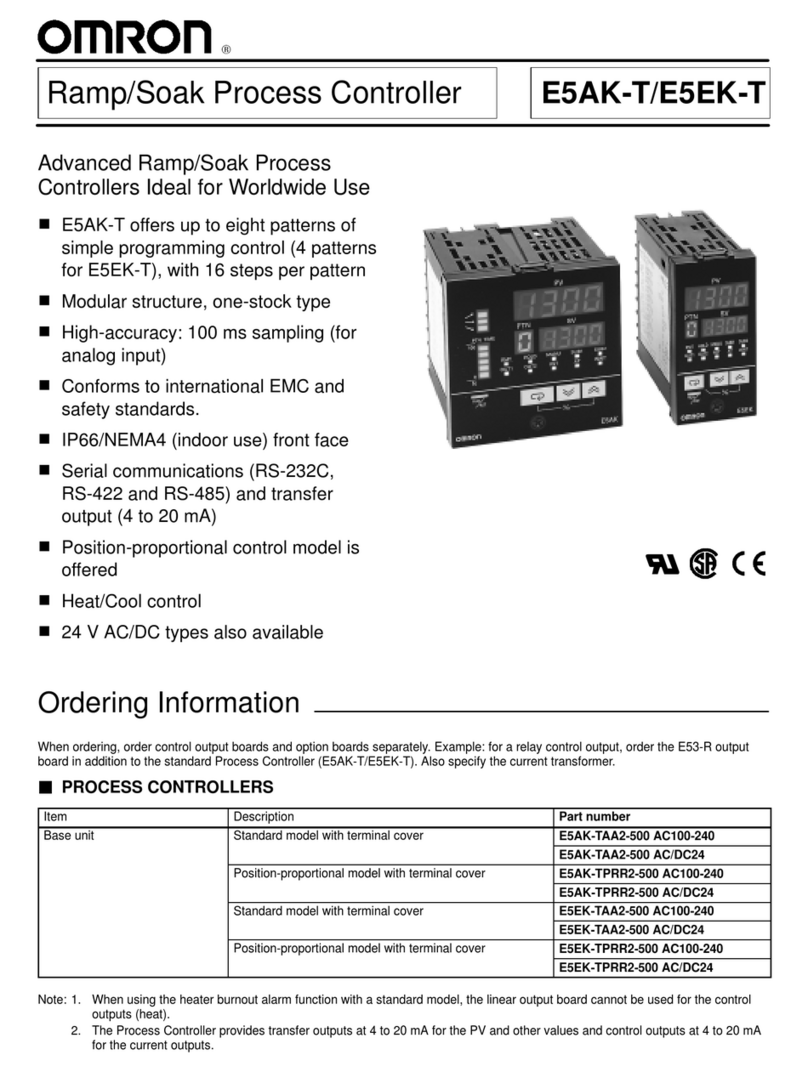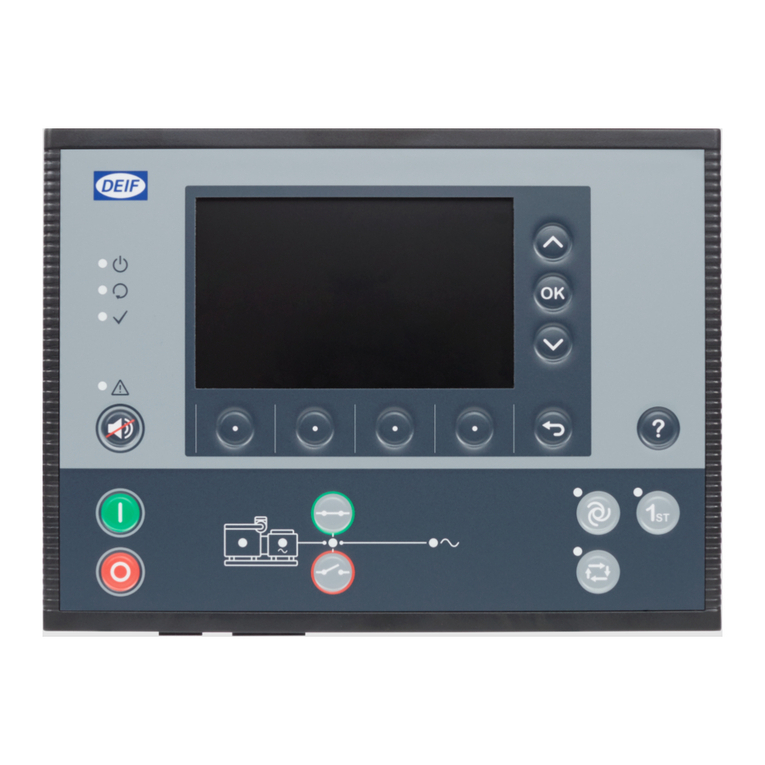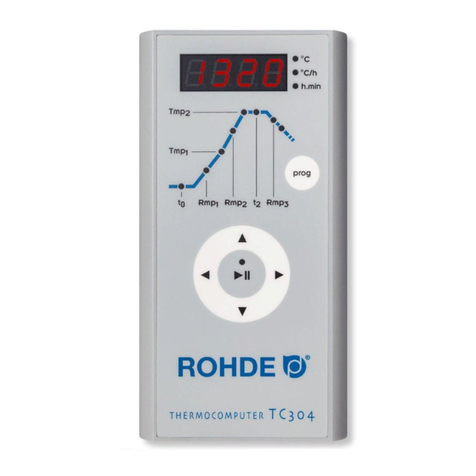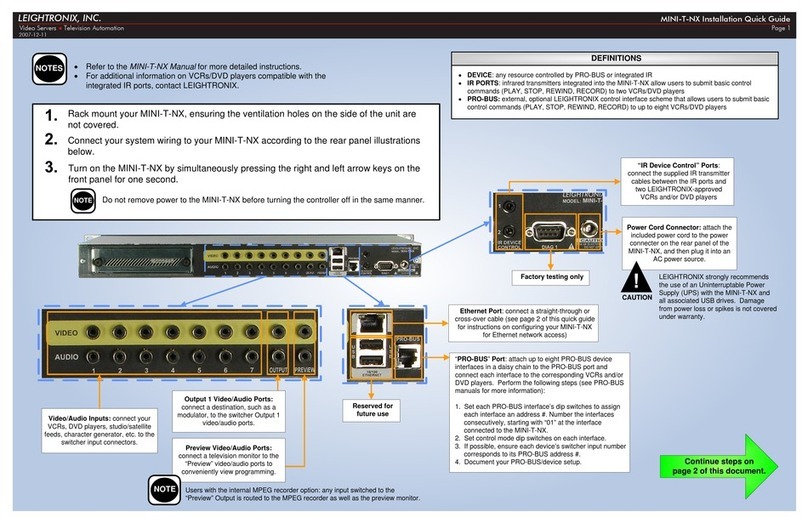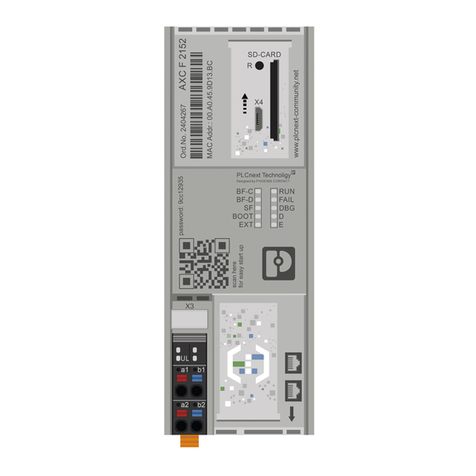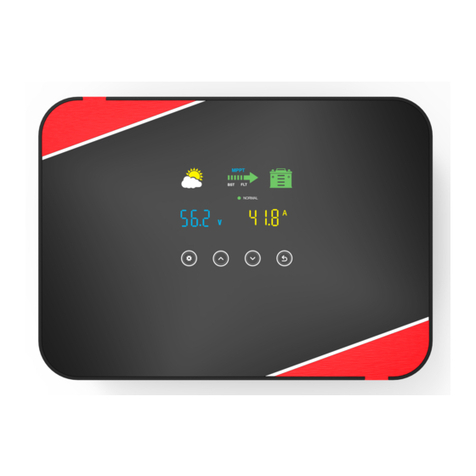TDSi GARDiS Series User manual

GARDiS Controller
And Extension Modules
User Manual
UM0120 Issue 1

Foreword
Copyright © 2002 TDSi. All rights reserved.
Time and Data Systems International Ltd operate a policy of continuous improvement and
reserves the right to change specifications, colours or prices of any of its products without prior
notice.
Guarantee
Five years warranty included. For further terms of guarantee, please contact your supplier.
Trademarks
Copyright © 2002 Time and Data Systems International Ltd (TDSi). This document or any software
supplied with it may not be used for any purpose other than that for which it is supplied nor shall
any part of it be reproduced without the prior written consent of TDSi.
Microsoft and Windows are registered trademarks of Microsoft Corporation.
All other brands and product names are trademarks or registered trademarks of their respective
owners.
Cautions and Notes
The following symbols are used in this guide:
CAUTION! This indicates an important operating instruction that should be followed to
avoid any potential damage to hardware or property, loss of data, or personal injury.
NOTE. This indicates important information to help you make the best use of this
product.

Contents
1. Introduction ............................................................................................................. 2
2. Information and Recommendations.................................................................... 2
3. Specification ........................................................................................................... 3
4. GARDiS Connections.............................................................................................. 4
Power Test Connection ............................................................................. 4
Conditional................................................................................................. 4
Conditional O/P ......................................................................................... 5
5. Connecting Reader(s) ........................................................................................... 6
6. Connecting Lock(s) ................................................................................................ 7
Fail Safe Electric Strike and Door Magnet .............................................. 7
Connecting Standard Fail Secure Electric Strike ................................... 7
7. Connecting Tamper Switch and RTE/Egress Buttons.......................................... 9
8. Connecting the Power Supply............................................................................ 10
9. Connection POE Power Supply .......................................................................... 10
10. Connecting a GARDiS Controller to the Ethernet Network............................. 11
Set Date and Time ................................................................................... 12
11. Extending the System ........................................................................................... 13
License Dongle......................................................................................... 13
GARDiS 4+ Extension Module ................................................................. 14
11.2.1 Connecting to Master Controller........................................................... 15
11.2.2 Adding the Module using the Embedded Web Server ...................... 15
GARDiS I/O Extension Module................................................................ 16
11.3.1 Connecting to Master Controller........................................................... 17
11.3.2 Connecting an Egress Button................................................................. 17
12. How to use 4-State Inputs .................................................................................... 18
13. How to Use the Reset Buttons.............................................................................. 19

2
1. Introduction
Thank you for purchasing your TDSi GARDiS Controller door access control system.
There are 3 main types of GARDiS master controller, the GARDiS 1, GARDiS 2 and GARDiS 4.
GARDiS 1 is a 1-door controller with connections for 1-2* readers. GARDiS 2 is a 2-door
controller with connections for 2-4* readers. GARDiS 4 is a 4-door controller with
connections for 4-8* readers.
The GARDiS controller is operated independently and requires no separate software
installation. Configuration of the access control system is provided to the user via an
embedded web server that can be accessed from any compatible web browser.
The GARDiS controller can operate as a master controller with up to 10** extension
modules. Extension modules include slave GARDiS controllers that can allow capacity for
up to 44 doors, I/O modules allowing the monitoring and control of equipment and
wireless IP Locks***. More information on these extension modules will also be provided in
this manual along with installation guides.
This manual will guide you through the installation of GARDiS controllers.
* The upper limit requires TDSi readers for the Reverse LRC protocol (In/Out Readers).
Limited functionality is available with this configuration.
** Licensing dongle is required to allow more doors on the system.
*** Wireless IP Locks is limited to 10 doors.
2. Information and Recommendations
In accordance with the European directive UTE C00-200 incorporating directives
2004/108/CE, GARDIS complies with the following standards:
NF EN 50081-1 governing electromagnetic radiation
NF EN 50082-1 governing electromagnetic susceptibility
Wiring Recommendations
Cables used to connect readers, network and other devices must be installed in
accordance with the Level 2 (protected environment) instructions of NF EN 61000-4-4
standard.
Installation Recommendations
This product must be installed by a qualified company. Improper installation and use may
result in risk of electric shock or fire. Before carrying out the installation, read the technical
instructions and follow the product mounting recommendations.
Mains Power Supply Recommendations
When using mains power supply, once the power is turned off, all the internal capacitors
will discharge to a safe level after 60 seconds under normal conditions. However, in the
event of a power failure, the discharge may take a much longer time and appropriate
precautions must be taken before handling the product.

3
3. Specification
TDSi Part No. GARDiS 1 5002-6001
GARDiS 2 5002-6002
GARDiS 4 5002-6004
Dimensions 170 x 116 x 40 mm
Weight 257 g
Operating
Environment
0°C to + 50°C, 0 – 95% Relative Humidity (non-condensing)
Power
Input
9 to 14 Vdc 1A (without PSU)
100-240Vac, 50-60Hz, 1.8A max (PSU)
POE+/PoE++ IEEE 802.3at/bt (with PoE module)
Output PSU: 1 x 13.8Vdc 3A and 1 x 13.8Vdc 2A; Battery Charging: 13.8Vdc, 0.5A
Battery 10.5 to 12.3Vdc 1 x 7Ah Sealed lead acid (optional)
Features
Max 5000 Credentials
Doors 1,2 or 4 doors
Readers Up to 2 TDSi readers
per reader channel
in a read-in read-out
configuration. Alternatively, 1 reader per door equipped with
industry standard clock & data, Wiegand multiformat or RS 485
output formats.
Inputs 1 per door
Additional available with I/O Module
Outputs Control Relay: 1 A / 12V - 1A / 24v
1 used per installed door
GARDIS 1: 2 Outputs
GARDIS 2: 3 Outputs
GARDIS 4: 5 Outputs
Expansion Options GARDiS 4+ (4 door); 8 Inputs/8 Outputs module; Wireless IP Locks
Time Groups 128
Anti-Passback Timed and true
Mantrap Function Yes
Communications TCP/IP and RS 485 for extension modules

4
4. GARDiS Connections
1Default IP Address is 192.168.2.150 Subnet Mask 255.255.255.0
2 See chapter 14, How to Use the Reset Buttons
Power Test Connection
This input can be connected to a PSU Power Test output (active if the 220V is lost or if the
batter is faulty). When this input is active, the unit generates an event “Power Supply
Failure”.
Conditional
This is a configurable input. For example, this can be used to check an active alarm
before allowing a person entry OR can be used to check a sensor, such as vehicle
present/break glass sensor before allowing entry.
Ethernet Network connection1
Ground
Power
Ground
Test power
Auto protection
Normally closed
Common
Normally open
Normally clos
ed
Common
Normally open
Power
Ground
Clock / Data 1/ A
Data /
Data 0 / B
LED
Ground
Egress/RTE
Door Sense
Conditional Entry
Clock / Data 1/ A
Data 0 / B
LED
Ground
Egress/RTE
Door Sense
Conditional Entry
Hardware Reset2
Restore factory
network settings2
Dongle
Port
Open Collector
Common
Normally Open
Ground
B
A
Reader Power
Door 1
Door 2
Output 1
Output 2
Indicates status of
the extension bus

5
Conditional O/P
This section has 2 outputs. An open drain and a relay. These outputs can be set from the
cause and effect function. For example, activate the relay for 10 seconds if a person
switches on a light.

6
5. Connecting Reader(s)
This section details how to connect readers/devices using Wiegand or Clock and Data
protocol.
Wiegand Formats Supported
26-bit Wiegand, 37-bit Wiegand, Custom Wiegand…
RS485 Readers Supported
OSDP, SSCP
Readers Supported
GARDiS Readers (Reverse LRC protocol can be used for In/Out readers), STid, HID…
Cabling Information
•5 Conductors (3 pairs recommended)
•Maximum distance: 150m (30m in RS485)
•Cable Type: 0.6mm (Recommended: 6 Core; Belden 9730v, Belden 9503, OS6C24/Alpha
5096/BICC H8124, Screened Alarm Cable)
•Screen: Recommended
•Stranded core
If using an external power supply for your readers, ensure to connect the different grounds
to the controller.
Do not install cables from readers to controllers near high voltage or high current cables.
Each reader can be set to a different technology e.g. Reader 1: Wiegand and Reader 2:
clock and data.
GARDiS Reader Configuration cards are included with each master unit.
Key
+12V Power
Ground
Data 1/Clock
Data 0
LED
Reader 1

7
6. Connecting Lock(s)
Fail Safe Electric Strike and Door Magnet
Connecting Standard Fail Secure Electric Strike
Power Supply
+12V 0V
Power Supply
+12V 0V
Lock
suppressor
Lock
suppressor

8
Cabling Information
Use the appropriate cabling for the lock equipment taking into account the distance and voltage
requirements. Please contact your cable supplier with your specification for more advice.
The lock suppressor must be connected as close as possible to the lock to avoid any
damage to the controller. A suppressor must be fitted at each lock (see above). Four
suitable suppressors (1N4007) are provided with each controller.
When using an external power supply for the locks, the lock suppressor must be connected
as shown on the wiring diagram above. For maximum reliability we recommend the use of
separate power supplies for locks. If using one supply for the controller and the lock(s) it
controls, no issue should occur provided the supply has sufficient output current and the
cabling distances do not result in significant voltage drops. Always run the power to the lock
in a separate cable.

9
7. Connecting Tamper Switch and
RTE/Egress Buttons
Tamper
switch
Door 1
Egress Button
Door 1
Door 1
Contact

10
8. Connecting the Power Supply
Part Number: 5002-6050 Metal Case + PSU Single
9. Connection POE Power Supply
Part Number: 5002-6051 Metal case + POE Single
It is recommended the 802.3bt is used as standard as the source equipment to the PoE
module as this will provide the required current to operate controller and readers. When
installing the system, observe the manufacturer’s instructions for the source PSE (Power
sourcing equipment).
In the event of loss of the PoE source, the green LED light will turn off. Power will continue
to be delivered if a backup battery is connected to the system. When installing the
controller with an SLA (Sealed Lead Acid) backup battery, the ferrite supplied should be
fitted to the red and black leads with a single turn and secured with a cable tie.
PoE Source
802.3bt
Phase
Neutral
Earth
12V / 3A output
(Door equipment)
12V / 2A output
(Controller
)
Battery
+12V
0V
+12V
0V
+12V
0V
12V / 3A output
(Controller
)
+12V
0V
Ethernet into GARDiS
master controller
+12V
0V
Battery

11
10. Connecting a GARDiS Controller to
the Ethernet Network
Each GARDiS unit is preconfigured with a default IP Address. This is printed on a sticker on
the controller case. Defaults are stated below:
IP Address: 192.168.2.150
Subnet Mask: 255.255.255.0
To set a different IP Address, you must first connect to the unit using the default values and
login to the embedded web server.
Launch a web browser and enter the IP Address of the unit. The default logins are below:
Login: admin
Password: Located on the label of the unit.
Crossover Cable
(if required)
Straight cable
Straight cable

12
Set Date and Time
Set the time on the unit to ensure events are reported at the correct time.
Log in to the unit. Go to Site Configuration and select the Date from the calendar. Enter
the current time.
Click Set Time.

13
11. Extending the System
To increase the number of doors or equipment in the system, extension units must be
purchased along with a license dongle to insert into the master unit.
The available extensions include the GARDiS 4+ and GARDiS I/O. The extension units may
be a mixture of both types of extensions and use the RS485 to daisy chain the units
together. A maximum of 10 extension units may be used.
License Dongle
The dongle will determine the total number of units permitted in the system. The image
below shows how to insert the purchased dongle.

14
GARDiS 4+ Extension Module
The GARDiS 4+ unit allows the access control system to be extended to contain more
doors. The master unit can connect up to a maximum of 10 extension units. The main
differences between a master unit and an extension unit is the master unit contains an
ethernet port and conditional triggers terminal block.
TDSi Part No. GARDiS 4+ 5002-6005
Dimensions 170 x 119 x 40 mm
Weight 282 g
Operating
Environment
0°C to + 50°C, 0 – 95% Relative Humidity (non-condensing)
Power
Input
9 to 14 VDC 1A (without PSU)
100-240Vac, 50-60Hz, 1.8A max (PSU)
Output PSU: 1 x 13.8Vdc 3A and 1 x 13.8Vdc 2A;
Features
Doors 4 doors
Readers Up to 2 TDSi readers per door in a read-in read-out configuration.
Alternatively, 1 reader per door equipped with industry standard
clock & data, Wiegand multiformat or RS 485 output formats.
Inputs 1 per door
Outputs Control Relay: 1 A / 12V - 1A / 24v
1 used per installed door
Communications RS485 to daisy chain to master controller unit

15
11.2.1 Connecting to Master Controller
Cabling Information
2 Conductors (2 pairs recommended)
Maximum distance: 750m
Cable Type: 0.6mm (SYT recommended)
Do not install cables near high voltage or high current cables. Use the same pair for the A
and B terminal blocks.
11.2.2 Adding the Module using the Embedded Web Server
Connect to the embedded webserver logging into the unit, click Site Configuration,
Extensions, then click add.
Key
A
B

16
Available extensions:
GARDiS I/O Extension Module
The GARDiS I/O extension modules allows for an additional 8 inputs and 8 outputs to be
added to the access control system. The following diagram shows how to connect the
GARDiS I/O module to a master controller.
TDSi Part No. GARDiS IO EXT 5002-6006
Dimensions 157 x 120 x 30 mm
Weight 200 g
Operating
Environment
-20°C to + 50°C, 0 – 95% Relative Humidity (non-condensing)
Power
Input
9 to 14 VDC 1A (without PSU)
Output 1A / 12V – 1A / 24V
Features
Inputs 8
Outputs 8
Communications RS485 to daisy chain to master controller unit

17
11.3.1 Connecting to Master Controller
Cabling Information
2 Conductors (2 pairs recommended)
Maximum distance: 750m
Cable Type: 0.6mm (SYT recommended)
Do not install cables near high voltage or high current cables. Use the same pair for the A
and B terminal blocks.
11.3.2 Connecting an Egress Button

18
12. How to use 4-State Inputs
A 4-state input can detect the following situations:
•Active input
•Inactive input
•Open circuit (wire cut)
•Short circuit
To use this input type, you must add two 4.7KOhm resistors (supplied with the module) on
the wires loop detector (or another device). Refer to diagram below.
For all inputs (2- or 4-state), use module’s GND as common. For all outputs, ensure you use
supplied lock suppressors if electromagnetic devices are installed (Electric strike, door
magnet, relay, etc.…)
Each module input can be independently used in 2- or 4-state modes. These modes can
be configured from the embedded web server menu.
To adjust the detection level (if using another resistor value) each input can be calibrated
as well as adjusting the detection range using the configuration options within the
embedded web server.
Detector (or
other)
4.7KOhm resistors
Other manuals for GARDiS Series
1
This manual suits for next models
3
Table of contents
Other TDSi Controllers manuals
